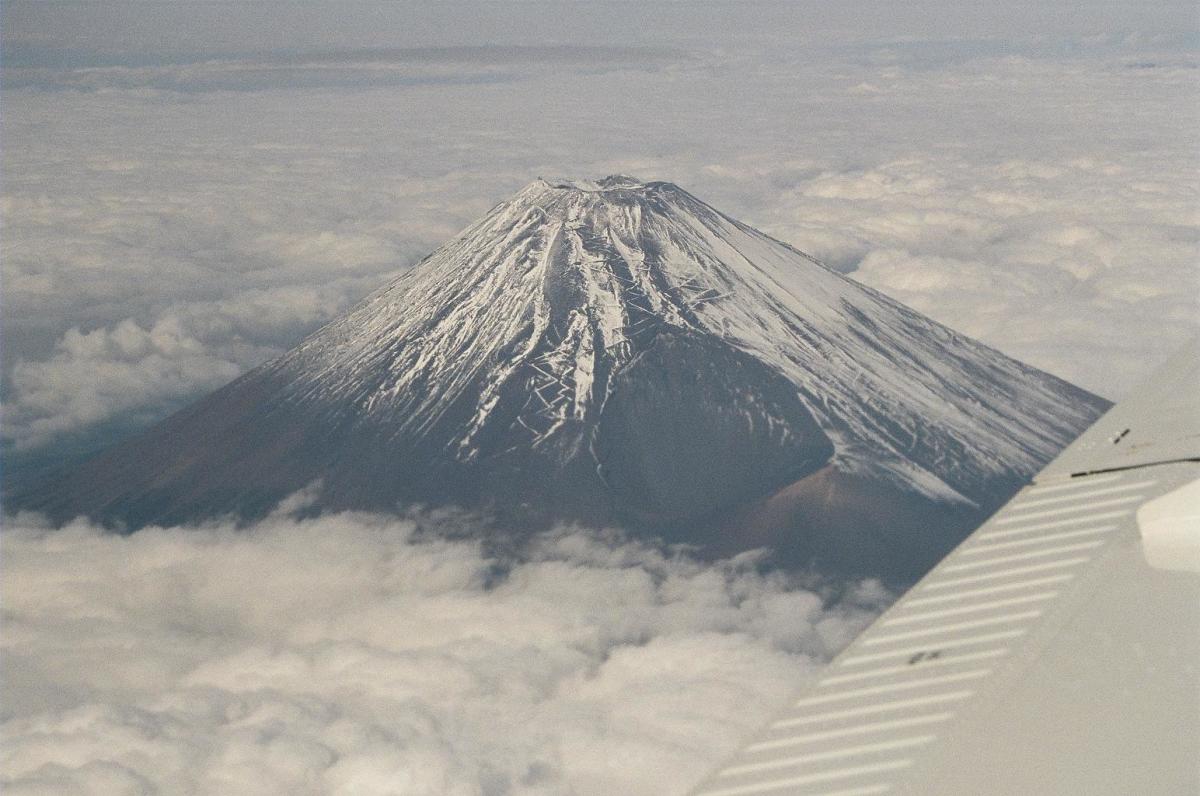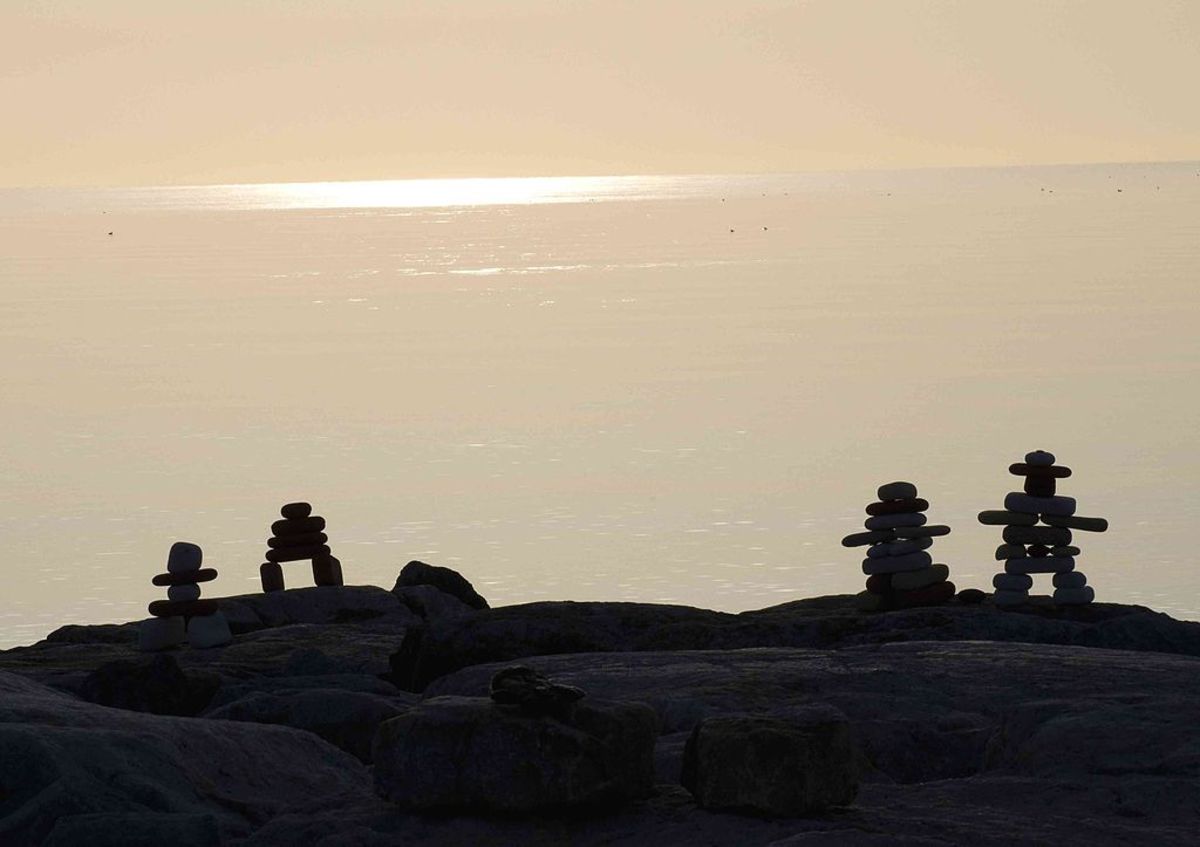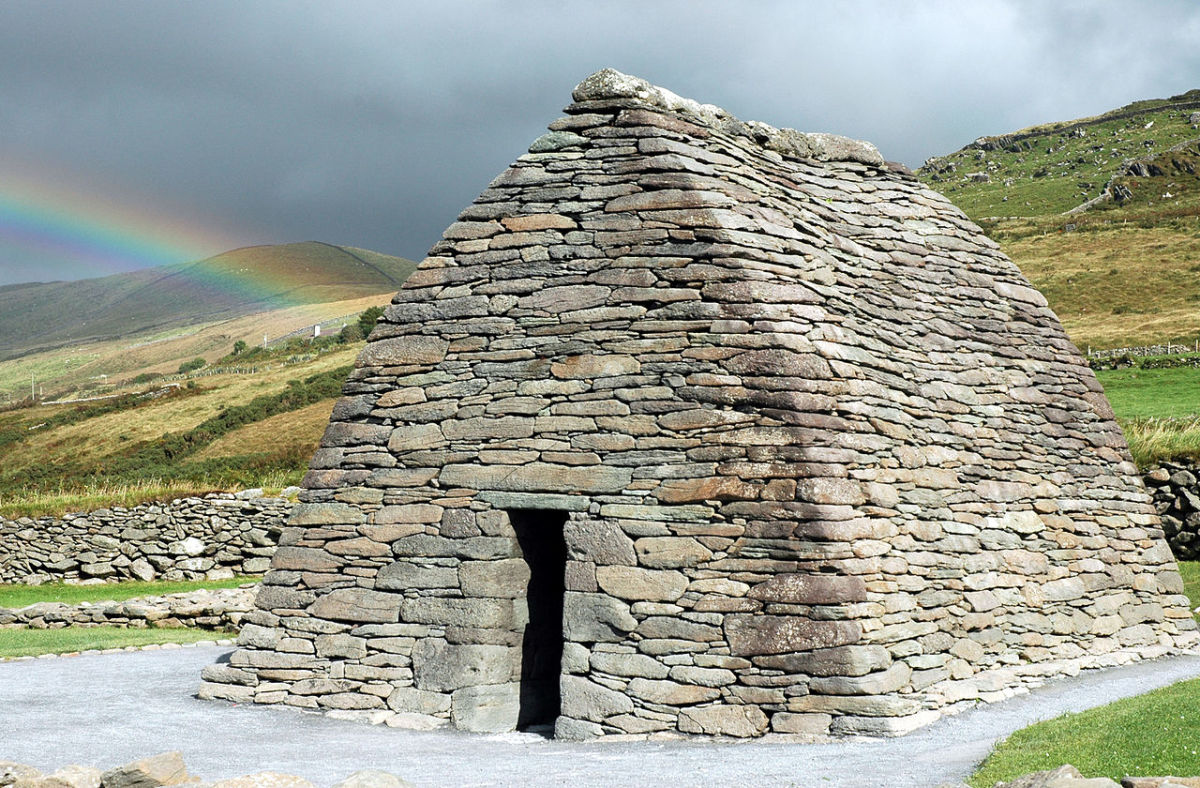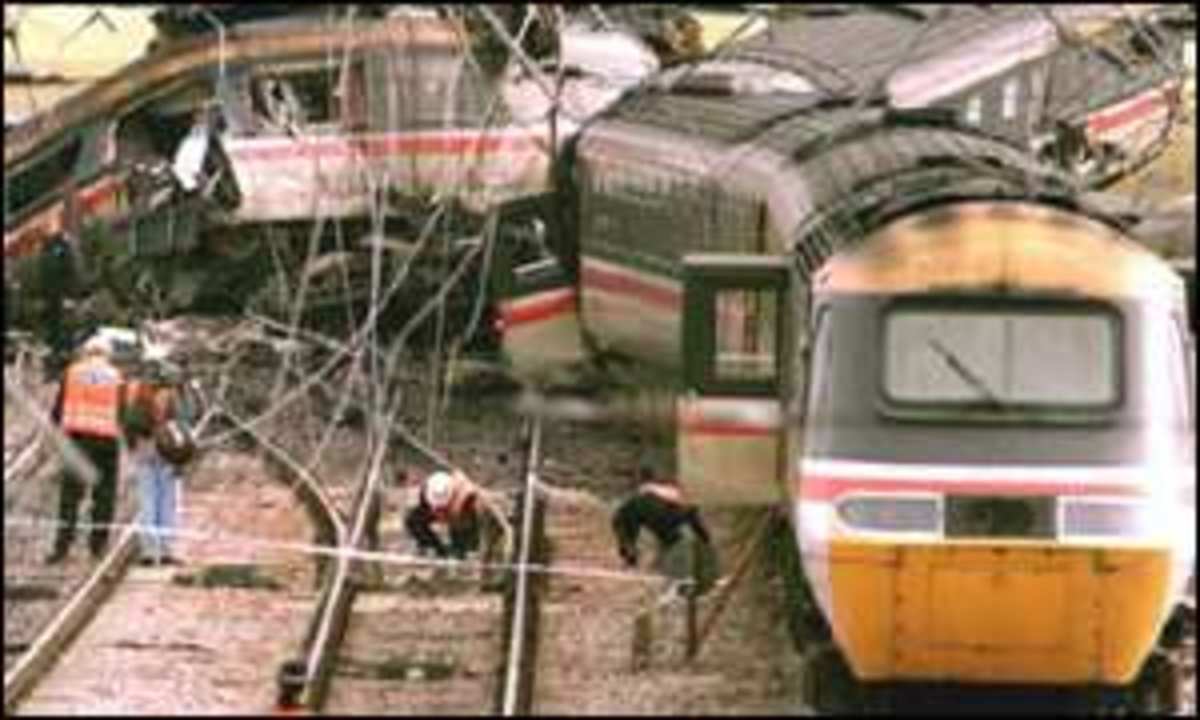Hampi - A heritage Site
Hampi - A Heritage Site
Hampi - Where every stone has a story to tell
VISIT
I knew April was not the right time to visit Hampi but that did not dampen our excitement to go to the ruined city.
Hampi is a city in the Southern state of Karnataka in India .
It was almost a 10 hour journey from Hyderabad to Hospet. It's in Hospet that we get good lodging and food. Hampi is about 15 km from Hospet.
At 4 in the morning when our bus arrived at a small town and I saw a stone temple and a man meditating nearby, I guessed we were somewhere near Hampi. I was right. We were at Hospet.
History of Hampi
Hampi is a 700 year old city founded by Harihara Raya and Bukka Raya in the year 1336 under the guidance of a saint from Sringeri mutt called Vidyaranya. Built on the banks of the river Tungabhadra, it was the capital city of the Vijayanagar Empire and a major trading centre. It was not just the largest Hindu empire of its time, but was also one of the largest trading centres of the world. The markets in Hampi were always crowded with merchants from all over the world to barter their goods in exchange of spices and cotton, grown abundantly in the area. Rubies, diamonds and all precious stones were sold on the streets in the scale of seers (litre like measurement, commonly used even today in many parts of rural India). Gold and silver were the currencies.
Hampi, built in the year 1336 flourished and had a population of over half a million. The city was important not just for the traders but also for devotees and poets. There were temples built in hundreds, which stand as an evidence to the religious inclination of Hampi. Public ceremonies and festivals were celebrated in their true meaning. Names like Shri Purandhara Dasa and Tenali Rama can be linked with Hampi. Hampi is also the place where Lord Rama met Hanumantha and killed Vali in exchange for help from Sugreeva.
As the saying goes, everything that goes up must come down. It was true in case of Hampi also. After seeing its golden reign during King Krishna Deva Raya (AD 1509 - 1529), Hampi fell down to the attacks of the five Sultans of Deccan - Bidar, Bijapur, Golconda, Ahmednagar and Berar in the year 1565. The city was looted for a period of 6 months. The temples were destroyed and the markets were plundered. The golden empire had come to an end.
Hampi - Ramayana Connection
Ramayana is one of the two epics of the Hindu religion of India . Hampi, traditionally known as Pampa kshetra, Kishkindha kshetra or Bhaskara kshetra, has an unbroken tradition of sanctity from ancient days and still continues to be an important pilgrimage centre. Pampa is the ancient name of the river Tungabhadra. The word Hampi or Hampi is generally held to be a later Kannada form of the term Pampa. The ancient Kishkindha of the Ramayana is believed to have been situated close to present day Hampi.
Kishkindha was ruled by the monkey kings, Vali and Sugriva. After a quarrel, Sigriva, who had been driven out, took refuge on the Matanga Parvata, along with Hanuman. After Sita had been carried away to Lanka by Ravana, Rama and Lakshmana came south in search of Sita and met the refugees, Sugriva and Hanuman. Rama killed Vali, restored to Sugriva his kingdom and then stayed on the Malyavanta Hill nearby awaiting the results of Hanuman's search for Sita in Lanka.
Hampi and its environs are considered holy ground and many of its sites and names are connected with the episodes of the Ramayana. Thus the Matanga Hill, on which Sugriva took refuge, is a steep hill on the south bank of the Tungabhadra and to the east of the Hampi village. A good view of the surrounding country can be had from the top of this hill. The Malyavanta Hill, on which Rama stayed, is on the road to Kampili and has a Raghunatha temple with a large image of Rama. A huge mound of scorious ash in the adjacent village of Nimbapuram is believed to be the cremated remains of Vali. A cavern on the southern bank of the Tungabhadra is said to be the cave where Sugriva hid Sita's jewels for safety, while certain marks and streaks on the sheet rock near it are pointed out as the marks made by Sita's garments. The Anjanagiri and Rishyamukha hills are the sacred tanks of Pampasarovar are on the enorthern bank of the river Tungabhadra.
Anegundi - Tale of the Stones
Anegundi was the capital of the Vijayanagar Empire before it was shifted to Hampi. It is situated on the northern bank of the Tungabhadra river, about 15 km from Hampi.
It was unbelievable to see Anegundi, a small underdeveloped village, the residents having no clue of what was that place used to be many centuries ago!.
Our first stop was the Nava Brindavana temple. To reach the temple we had to cross the river on the rafts called teppa in Kannada.
It is believed that the stones of the Nava Brindavana temple have life and people are not allowed to touch them.
Virupaksha Temple
The Virupaksha temple also known as the Pampapathi temple is located at the foot of the Hemkuta hills. It is one of the main attractions of Hampi. The Gopura was built by Krishnadeva Raya during his Pattabhisheka (crowning ceremony) in 1509.
The main attraction of the Vittala Temple complex is its pillared halls and the Stone Chariot.
The musical pillars, as they are popularly known, emit musical tones when tapped gently.
The Stone Chariot is one of the most beautiful pieces of architecture. It is actually a temple carved out of stone in the shape of a chariot. It is said the wheels used to rotate until they were cemented to prevent them from damage.
Lakshmi-Narasimha Temple
The Lakshmi-Narasimha or the Ugra Narasimha temple is a monolithic statue and the largest in Hampi, about 6.7 meters in height.
The Narasimha is seated on the Adishesha (coil of a giant snake). Originally the idol bore a smaller image of Lakshmi on one knee; but it was damaged and vandalized during the invasion of the Vijayanagar Empire.
The Badavi Linga close by is always surrounded by water as a canal passes through this temple. According to legend a poor resident of Hampi had vowed to build a Shiva Linga if her luck turned. It did and hence the name, badava means poor.
Prasanna Virupaksha Temple
The Prasanna Virupaksha temple is an underground Shiva temple. A large part of the temple is under water and hence inaccessible. The temperature on those parts of the temple that can be reached was quite cool compared to what it was outside!
Story of the sister stones
It is said every stone in Hampi has a story to tell. These boulder-like two similar looking stones (in the picture) are called Sister Stones. According to legend, two jealous sisters visiting Hampi were commenting badly about the city. The city goddess heard this and turned them into stones!
Sasivekalu Ganesha Temple
On the slope of Hemakuta Hill beyond the Krishna Temple, there are two huge stone images of Ganesha. First one is the Sasivekalu Ganesha about 2.4 metres tall and ironically named as Sasivekalu or mustard seed. The God is seated in a large open mantapa with plain rough square pillars. The right hands hold the ankusa and broken tusk, while the upper left holds a looped pasa or noose. The lower left hand and the trunk are broken. The belly is tied with a snake. This Ganesha is fashioned out of a single boulder in sitting position.
The King's Audience Hall
This large structure is about 137 metres to the west of the Mahanavami Dibba. The historian Abdur Razzaq states that it was the loftiest building in the Citadel. Vestiges of pillar sockets and bases show that it was originally a hall of hundred pillars. It faces north, on which side two large flights of steps with a surul balustrade in green chlorite, having lotus medallions, leads to an intermediate platform which runs round three sides.
The southern side of this platform has a staircase rising from the ground level to a height of about 4.5 metres above the floor level of the platform. On the western side, a similar staircase seems to have existed through an annexe on that side, and very likely these staircases were used by the Zanana women to gain access to the top storey of the audience hall to witness the Dasara festivities and other entertainments.
The eastern side of the platform almost abuts the entrance to the palace enclosure. The general style of the King's audience hall suggests for it an earlier date than the majority of the exposed buildings in the Citadel area. There is a paved courtyard at the south-east corner where probably the homa was performed during the festivities. A row of pillar-bases is found on its southern side, and a little further away on the west is a square moulded base which probably was a shrine. Remains of a colonnade extend from its east face almost up to the underground chamber and probably formed part of a larger structure.
In front of the audience hall is a large enclosure running from that end right up to the Mahanavami Dibba. It was in this enclosure that all the public festivities seem to have taken place during the Dasara festival and other important occasions. In front of the audience hall is the Arena, a large paved court, whereon dancers, jugglers and wrestlers and other such people made their performances and the chieftains and nobles came to pay their tributes.
The Elephant Stables
Located outside the Zenana Enclosure, on the East, is an oblong structure of considerable size, called the Elephant stables. Among the many civil structures of the place, this building is a fine example of Indo-Islamic style of architecture.
It has a greater Islamic character about it. The building consists of eleven large rooms with very high ceilings. Large domes crown ten of these. These domes are of brick and mortar, and are of different shapes drum-shaped, ribbed and octagonal. The superstructure of the central upper pavilion is lost. It probably had a Hindu Shikhara in consonance with the Indo-Islamic architecture.
The rooms were used as Elephant stables. The elephants were tied to the chairs hanging from the centre of the ceiling as can be made out from the iron hooks embedded in some of the ceilings. These were not the military elephants but were the ceremonial ones which were used by royal household. Apart from the royal elephants, temples also had elephants of their own to perform various pujas. One such elephant can still be seen in Hampi.
Hampi - Downfall of the dynasties
The first dynasty to rule the empire were the Sangamgas (AD 1336-1485) who extended the kingdom from Gulbarga in the north and Sri Lanka in the south, to Orissa in the east and Malabar in the west. Following this dynasty were the Suluvas, whose short reign from 1485-1491, was probably a result of weak rulers, political infighting and foreign aggressors.
Historians generally regard the reign of the Tuluvas (AD 1491-1570) as the golden age of the empire. Two great kings ruled during this time: Deva Raya (AD 1424-1446) and the greatest of all, Krishna Deva Raya (AD 1509-1530), who was responsible for erecting a vast number of the temples and structures which can still be found at the site. The battle of Talikota in 1565 and the invasion by Muslims from the south of India brought about the downfall of the Tuluva dynasty and left many of the temples and palaces at Hampi in ruins. The kingdom lingered on for another seventy-six years with the Aravidus (AD 1571-1646) being credited as the last dynasty, but former glories had long since diminished.
Tourist Information
Phone and Internet Facilities
In Hampi, internet facilities are available in cafes around the Hampi Bazaar area. The internet centres charge about Rs.50 - Rs.60 per hour. If you go to nearby Hospet, the same and sometimes better service will be available for about Rs.20 per hour. Telephone booths are available in plenty and charge for a call on a Government tariff. Mobile phones do work in certain parts of Hampi but only with BSNL connectivity.
Tourist Information Office
A Karnataka State Tourism Development Corporation (KSTDC) information office is situated in the main Hampi Bazaar area. The telephone contact for the office is (08394)241339. The incharge of the information centre is Mr.Nagraj. Additional information is also available in all the KSTDC hotels and the KSTDC office in Hospet.
Foreign Exchange, Banks, ATMs and Credit Cards
There are around 15 foreign exchange counters at Hampi near Hampi Bazaar. All the counters are only in this area. All exchanges have Western Union Money Transfers and accept all Travellers' Cheques. US Dollars, GB Pounds and Euros are most popular currencies for forex. Canara Bank, situated in the Hampi Bazaar does a lot of forex.
MasterCard and Visa Credit Cards are accepted by many merchants and banks. Some places also accept Debit Cards. There are no ATMs in Hampi but you can withdraw cash on your Credit Card from the bank.
There are a good number of ATMs in Hospet. Most of them situated near the Bus Stand and near the Railway Station. There are some ATMs in the market which is just about 500 metres from the bus stand.
Police Station
There is one out-post police station at Hampi in Virupaksha temple just at the right hand side of the main entrance. Ph: (08394)241241 (it is a shared phone between the police station and the temple). There will be just 2 constables here beating the duty. The main Police station is situated at Kamalapur opposite the new Bus stand.
Medical Facilities
The nearest hospital to Hampi is the Government Hospital situated in Kamalapur. The hospital also has emergency first aid, 24 hour maternity service and ambulance facilities. Hampi has a small clinic by a private practitioner.
The Kamalapur hospital authorities can be contacted by telephone at: (08394)241444.
Hospet has bigger medical facilities and can be contacted at (08394)223488, 222122.
Post Office
The post office is situated exactly on the left side of the main entrance to the Virupaksha temple just outside its main entrance. The PIN code of post office is 583239. The phone number of the post office is: (08394)241242. The timings are 10.00 AM to 04.30 PM. Post office is closed on Sundays. You can even send international post cards or letters from here.







